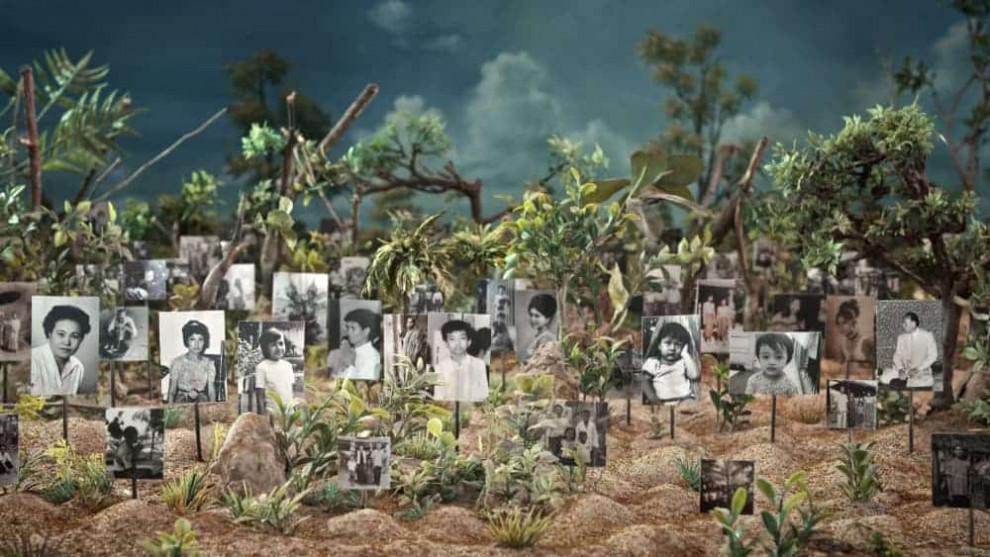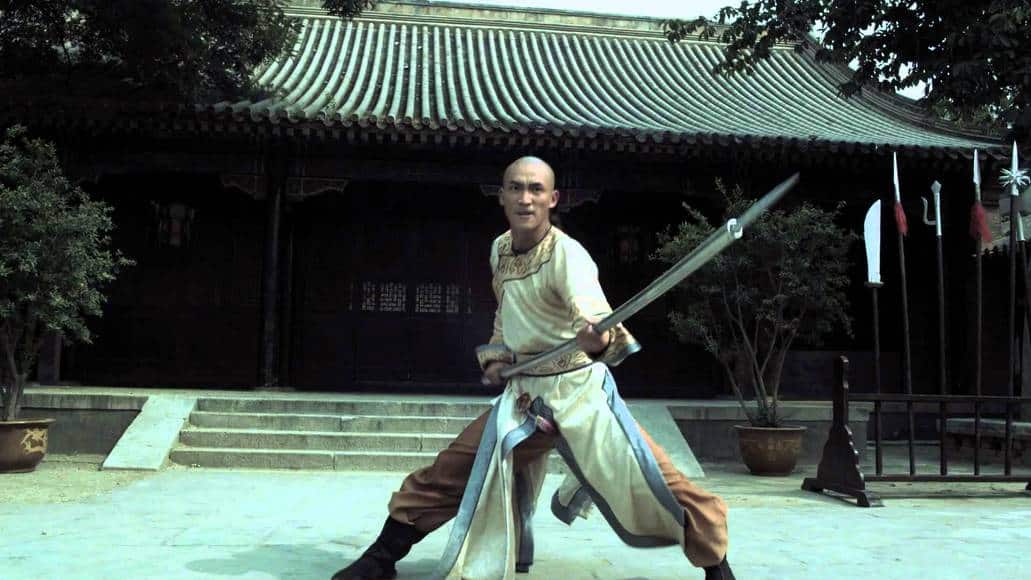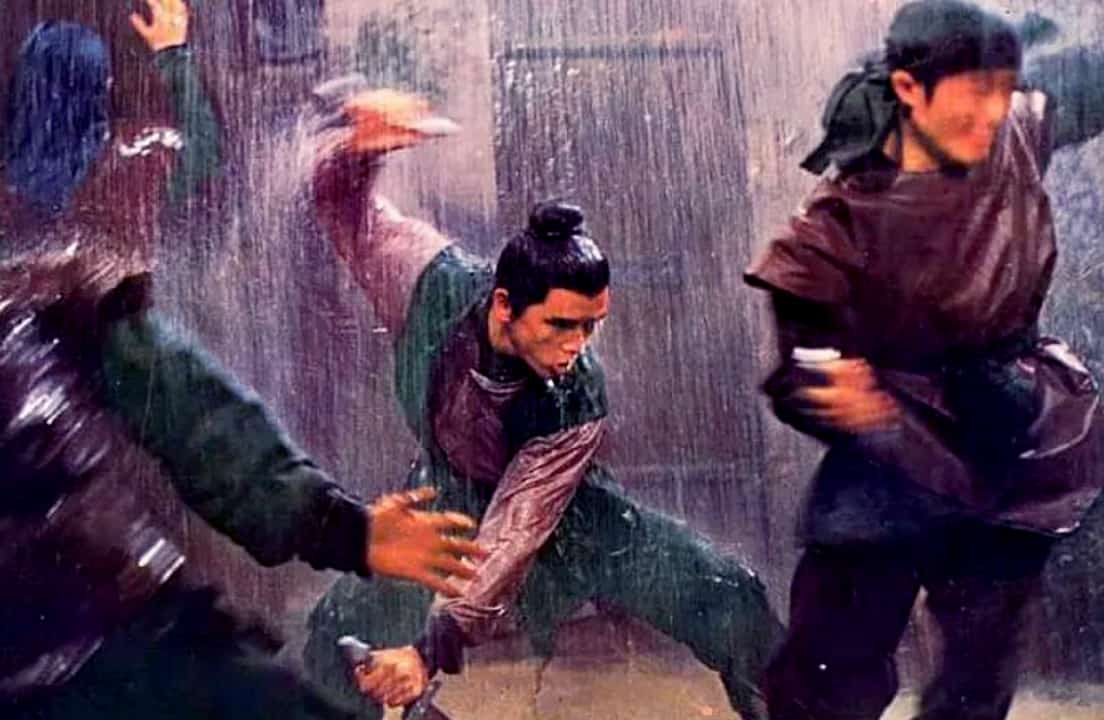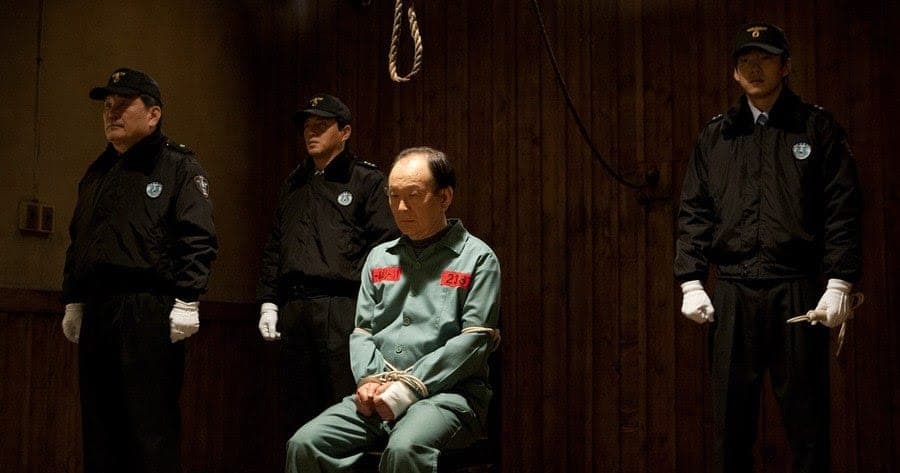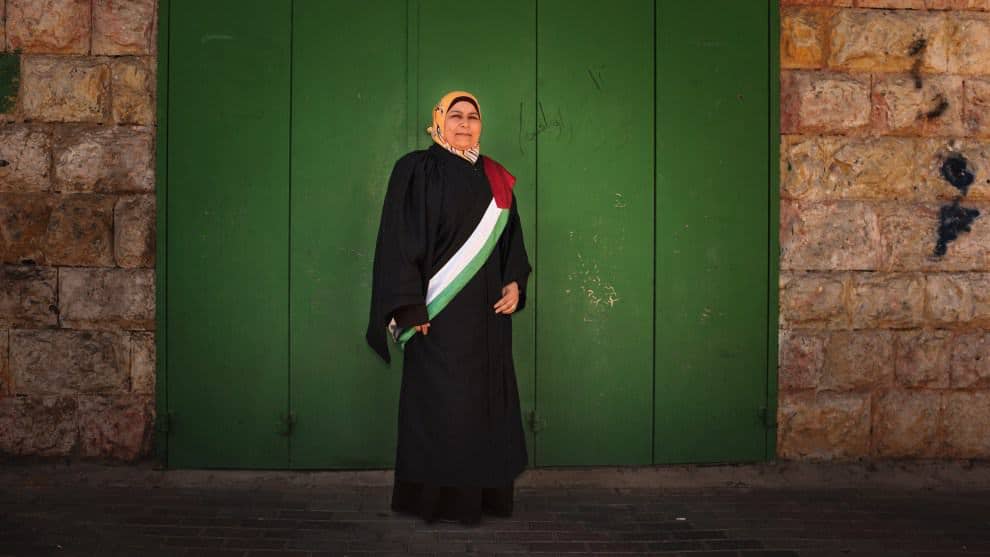Rithy Panh continues his exploration of the Khmer Rouge atrocities through an approach that lingers between the art-house film and the documentary, in a film that was Cambodia's entry for the Best Foreign Language Film for the 91st Academy Awards.
Graves Without A Name is screening at Margaret Mead Film Festival

The presentation is split in three different types of sequences. The first depicts Cambodian (burying) rituals, from a number of people (including the director himself) who do not even know where their relatives and loved ones died or even if they were buried.
The second, and the most impactful, consists of testimonies from a number of people who have experienced the Khmer Rouge regime first-hand. Their narration paints one of the blackest pictures in the history of humanity, with the events including “scenes” of death from hunger, rape, militia overhearing people's houses and informing the authorities of anything that could be against the official guidelines, forced transfers of people with “slender hands and sharp nails” to areas filled with mud in order to work and to be reeducated, forced marriages, and in general, the treatment of a whole nation in a way that equated them with animals.

This aspect also reveals the mentality of the survivors' about the events, with one of the interviewees suggesting that the collective trauma of the Cambodian nation resulted in them considering everything that happens to them as a given, thus resulting in a state of apathy that continues to dominate their behaviour. In combination with their notions about after-life, it is no wonder that one of the people speaking on the film believes their punishment will come from the universe, through karma.
The third functions both as a tour guide to the areas the atrocities were committed, and of Panh's own mentality, which is depicted both through scenes where statues, masks, photographs and random “memorabilia” appear and vanish in the landscape, and through the narration in French by Randal Douc. This last aspect I found a bit tiresome and quite pompous, actually detracting from the impact of the rest of the film, and particularly of the testimonies.

Rithy Panh and Prum Mesar's cinematography is one of the film's best assets, with the different setting and images communicating the aesthetics and the “ulterior motives” of the movie through utter beauty, again in a combination of art-house and documentary tactics. Panh's editing glues the different aspects together nicely, although I felt that the film would benefit from a reduction to its duration, which, in 115 minutes, becomes somewhat tiresome.
The purpose of “Graves Without A Name” is obviously directed towards the “healing” of the survivors rather than the depiction of the horrid events of the Khmer Rouge era, and in that aspect, it succeeds to the fullest. I would prefer, though, a more detailed presentation of a history that has been under-documented for the most part, at least on cinema. In the end, I felt that the art-house aspect is the one that “won”, and in that fashion, it is the fans of the category that will mostly enjoy the film.


